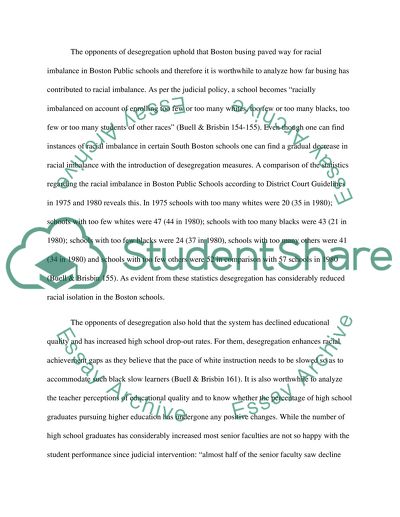Cite this document
(“Desegregation of Public Schools in Boston Essay”, n.d.)
Retrieved from https://studentshare.org/history/1453823-politics-in-boston
Retrieved from https://studentshare.org/history/1453823-politics-in-boston
(Desegregation of Public Schools in Boston Essay)
https://studentshare.org/history/1453823-politics-in-boston.
https://studentshare.org/history/1453823-politics-in-boston.
“Desegregation of Public Schools in Boston Essay”, n.d. https://studentshare.org/history/1453823-politics-in-boston.


